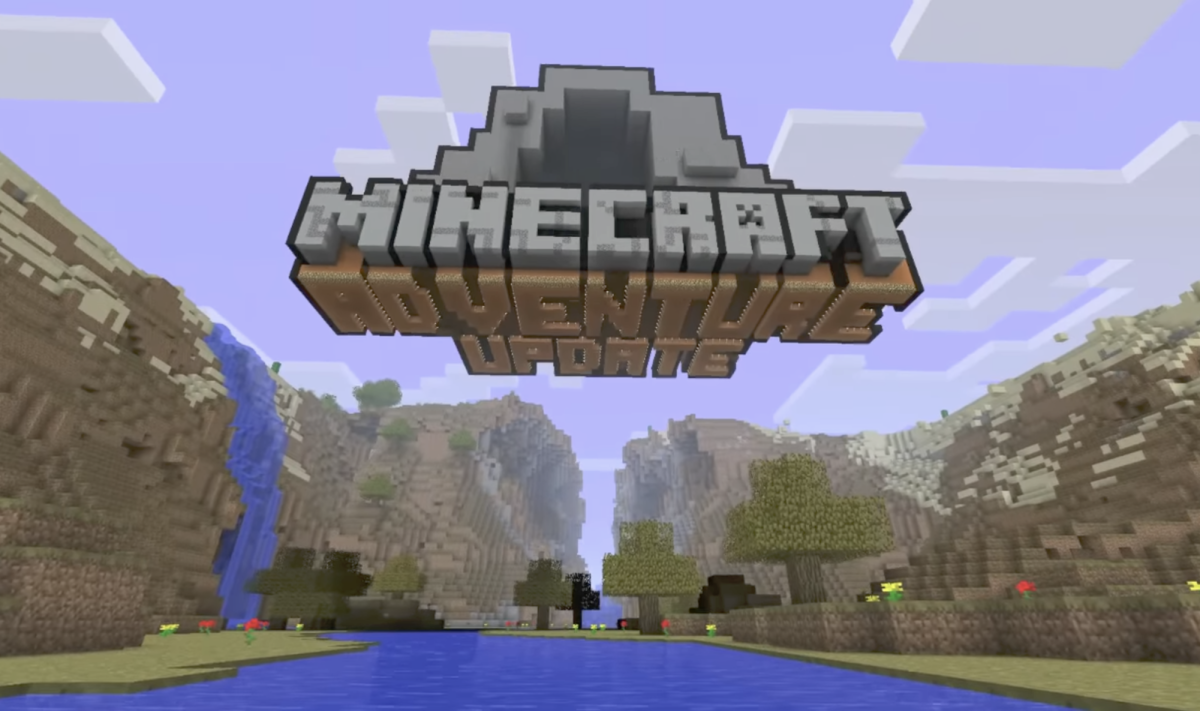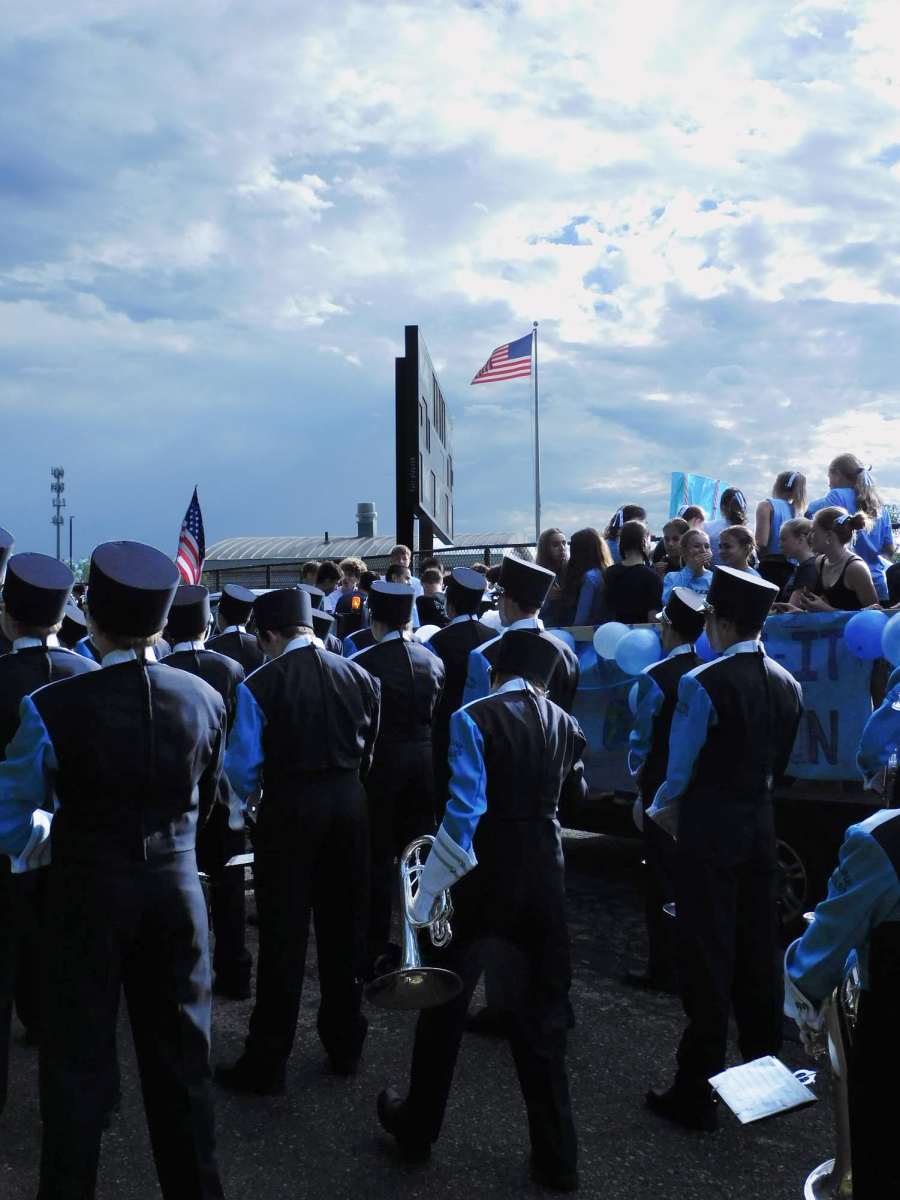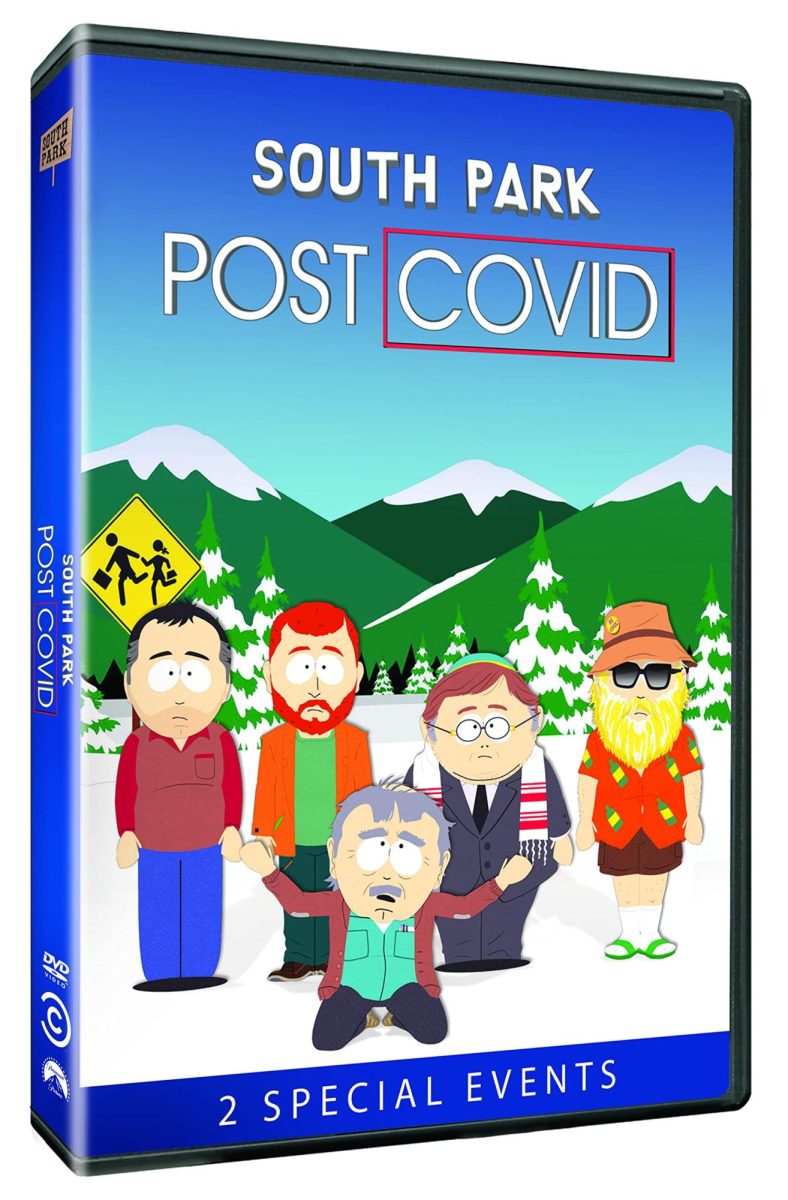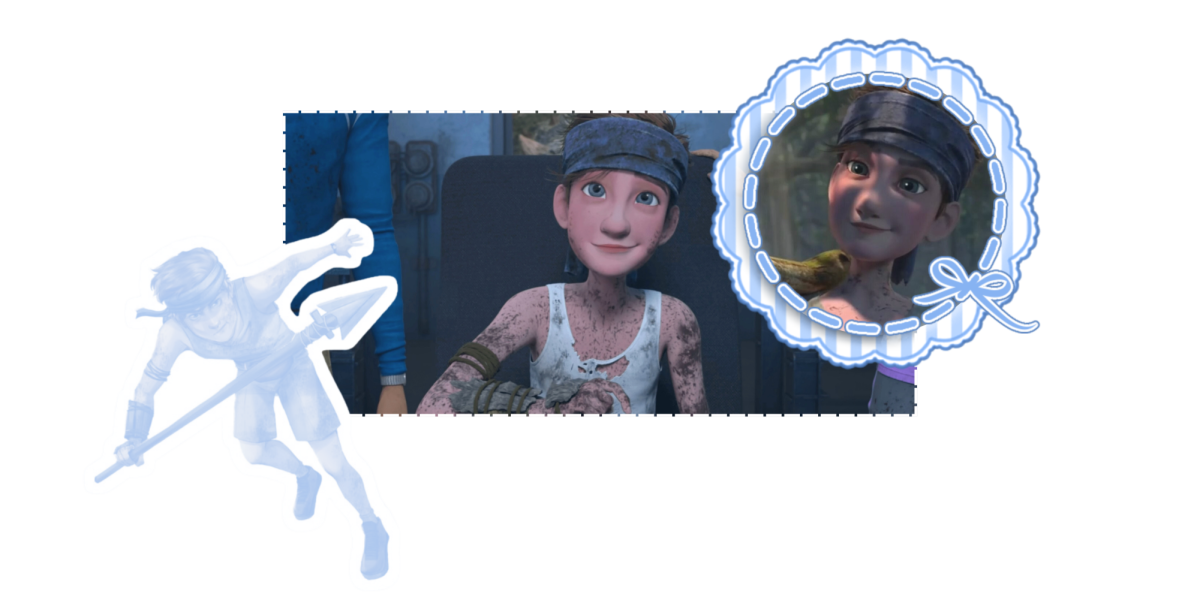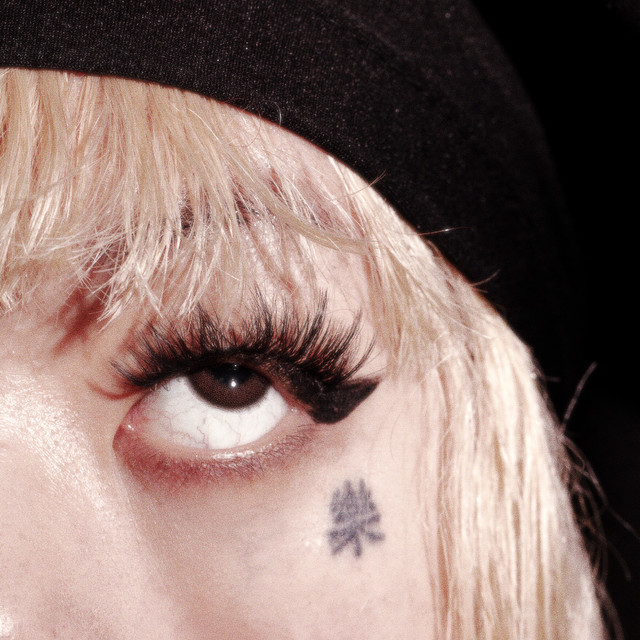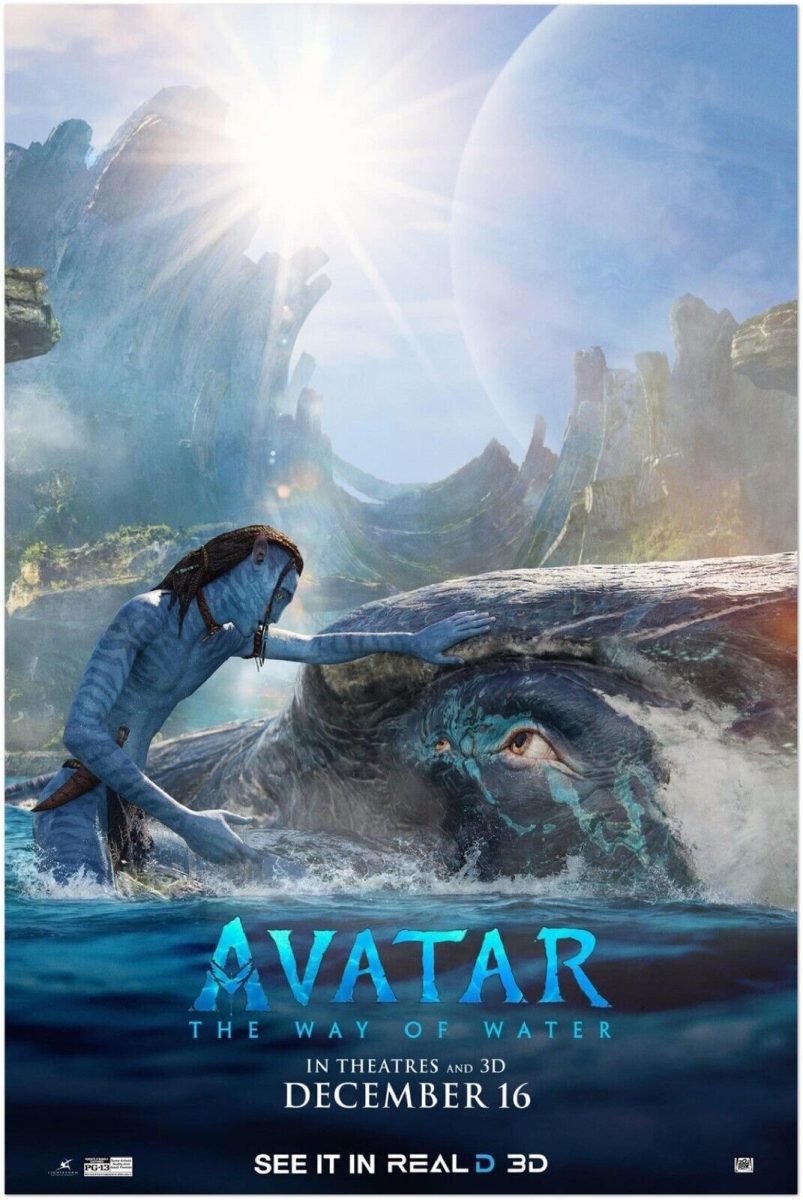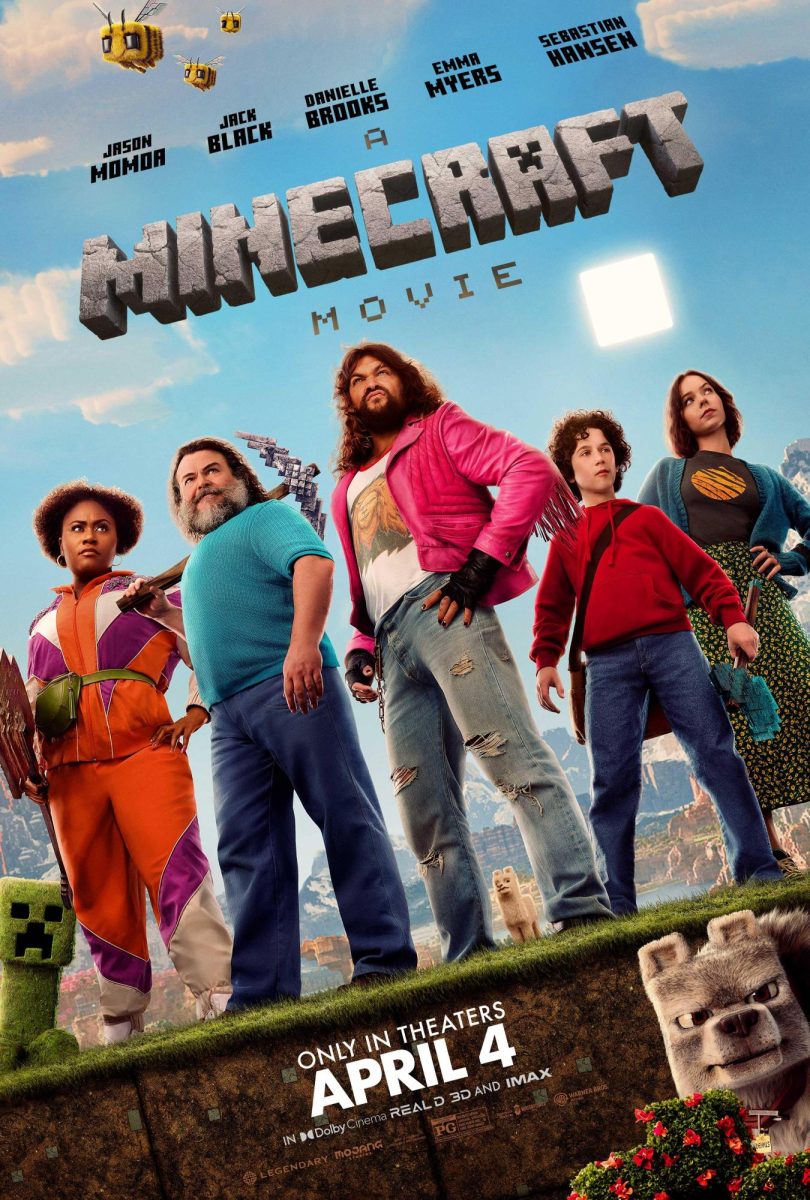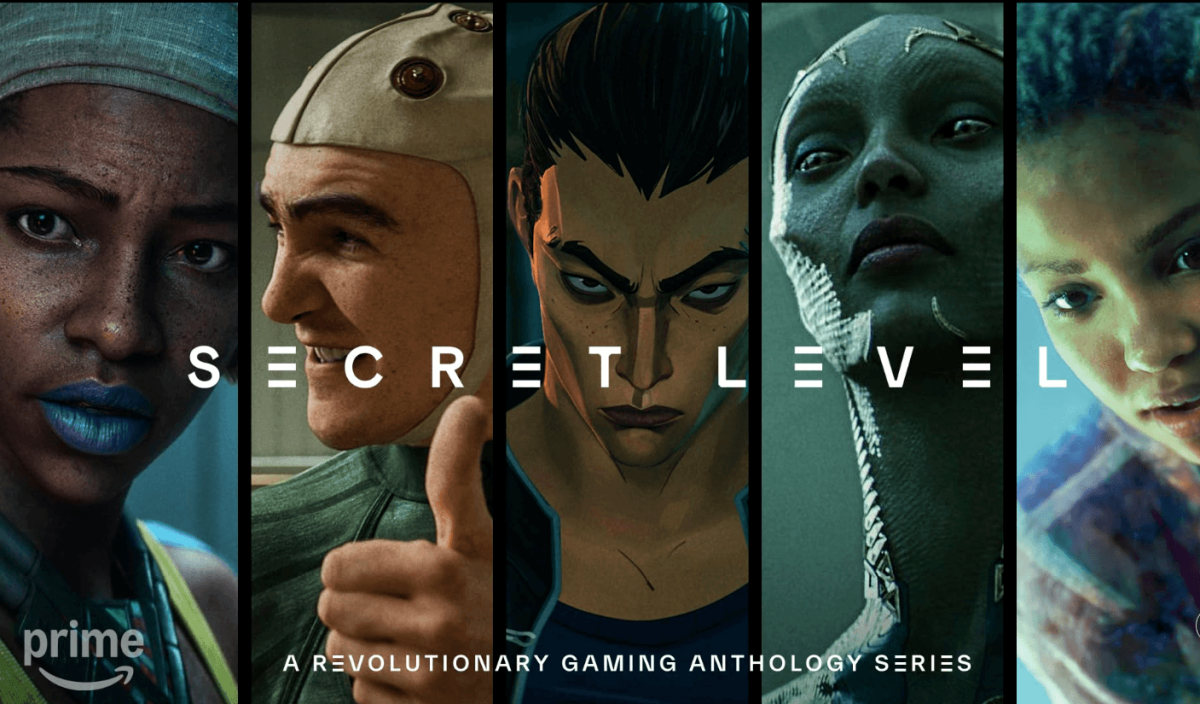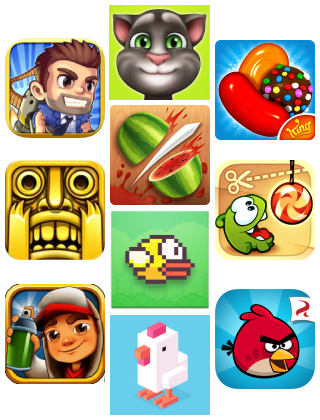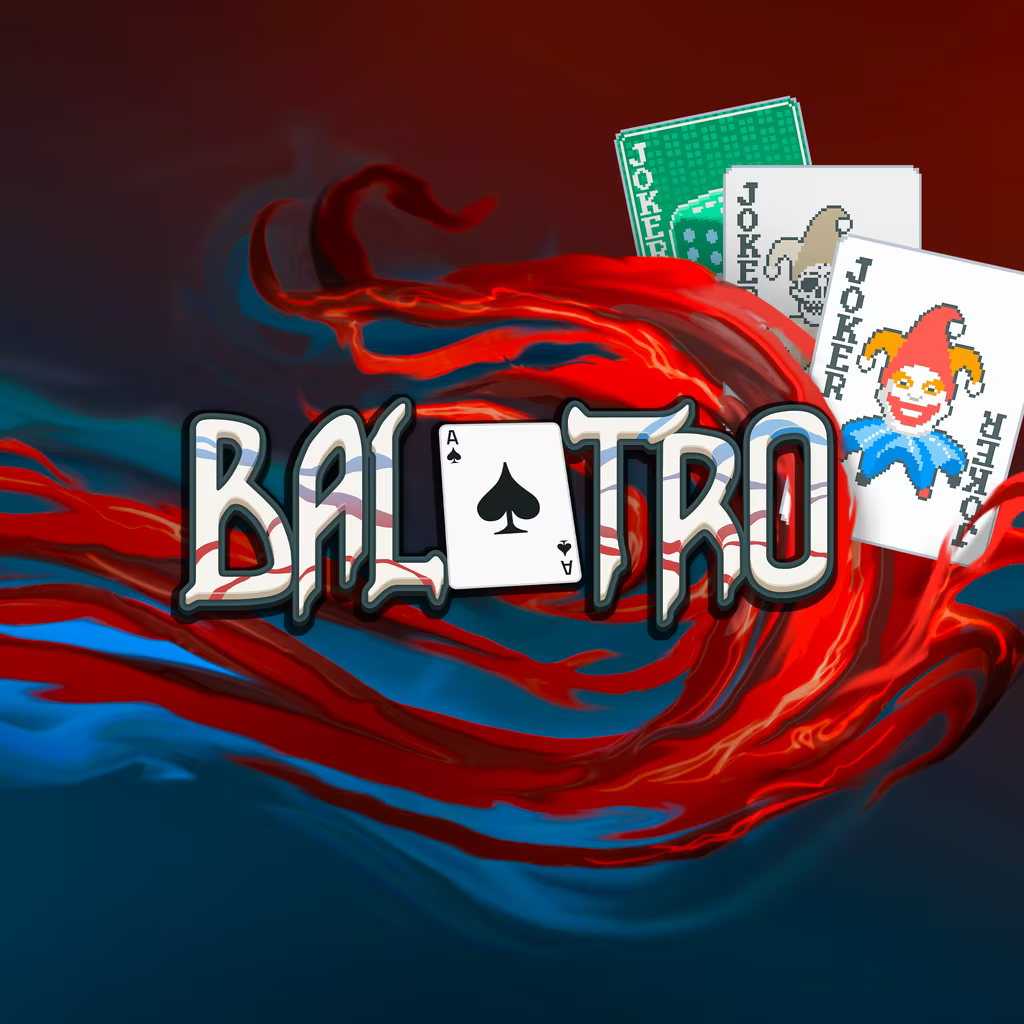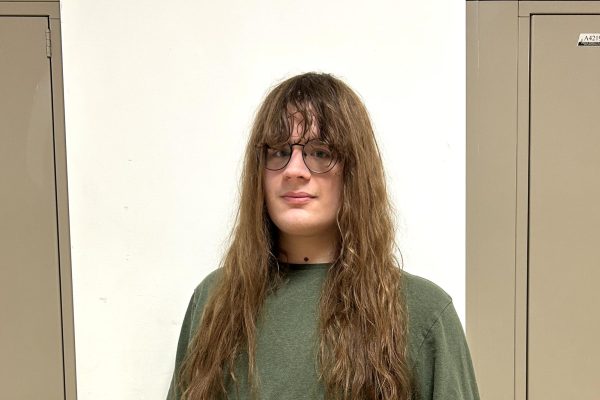Minecraft is approaching its sweet 16th birthday. It’s come a long way since its original indie title release in 2009. In celebration, let’s take a trip down memory lane by reviewing some defining moments in the game’s lifetime.
If you haven’t heard of it, Minecraft is a sandbox game where the world is made of blocks that can be shaped to your whim. Developed and published by Swedish game developer Mojang Studios, Minecraft has had continuous free content updates and support since release. Its open development cycle and accessibility have led it to become the #1 bestselling game of all time.
Minecraft’s early success was greatly due to its rising presence on YouTube in the early 2010s. Let’s-plays — someone recording themselves playing through a game — were a major piece of that growing popularity, though the format is less popular today than it was a decade ago. Channels like Sethbling, Ethoslab, Stampylonghead, and the Yogscast pioneered early Minecraft on YouTube and introduced millions of people to it for the first time.
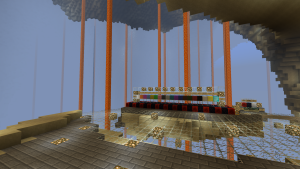
Ever since the game’s beginnings, mapmaking has stayed as a longstanding tradition in the Minecraft community. Players can share their builds, make puzzles and adventures for each other, and even craft entire storylines by sharing them through a Minecraft map. But one map series in particular stole the spotlight in Minecraft’s early days: Super Hostile.
Made by user Vechs around 13 years ago, Super Hostile was a series of some of the first complete-the-monument maps, or CTMs for short. Usually, you got dropped into a custom world filled with all sorts of specially-designed themed environments and hazards to trek through. Then you’d be tasked with finding a collection of items, typically 16 colored wool blocks and bringing them to a victory monument structure to win. As you played through the map, you’d have this almost Herculean-Greek hero-idiot rivalry with the mapmaker as they try and predict your choices and you attempt to outsmart their traps.
Super Hostile was one of the first times external programs like MCEdit were used casually in a Minecraft map. The series got its hardcore difficulty reputation from how common it was to find normally impossible items and monsters, like signs enchanted with unnaturally high levels of knockback and spiders that were perpetually invisible and on fire.
CTMs like Super Hostile are still made today, and are a blast to play through. I recently have been working my way through one titled Ragecraft IV: Underworld by users heliceo and suso. It’s quite lengthy, and you can imagine from the title, very difficult. If CTMs aren’t your thing, I highly recommend sifting through other old Minecraft maps to play through. They’re a lot of fun.
If you ever played Minecraft on an Xbox, Playstation, or other console back in the day, you were playing a copy of Legacy Console Edition: a term used to describe the various versions of the game designed for consoles and mobile phones.
Legacy Console Edition introduced in-game tutorials, split screen multiplayer, simplified inventory and crafting recipes, a brighter game screen, and a couple of built-in handcrafted tutorial worlds which came to be famous in the community.
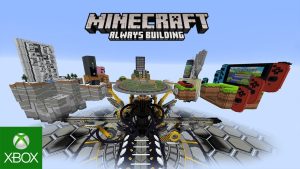
Many of these features eventually made their way into the main game with the release of the 2017 Better Together Update. It merged all the slightly different console versions into one singular, standardized, multi-platform version of the game, which came to be known as Bedrock Edition, and it was freely distributed to anyone who owned a copy of the original legacy console versions.
Mojang debuted the update in September of 2017 with a short trailer featuring the Togetherness Machine, a large build animated with command blocks to physically pull pieces of the map to the center to visualize all the console editions becoming one.
Legacy console versions of Minecraft had extra downloadable content in the form of mashup-packs: premade adventure maps made by Mojang that were paired with their own custom textures and a pack of player skins.

During 2017’s transition from legacy console to the then-new Bedrock Edition, textures and skins from mashup packs became available for purchase on the Minecraft Marketplace, but many of the tutorial worlds did not and no longer exist on official Mojang services.
But that doesn’t mean they’re lost media, as player-made archives are pretty easy to find on the internet.
Minecraft feels like it has an entire library’s worth of history to it. After 16 years, the game is still being constantly updated and the community is larger than ever.

